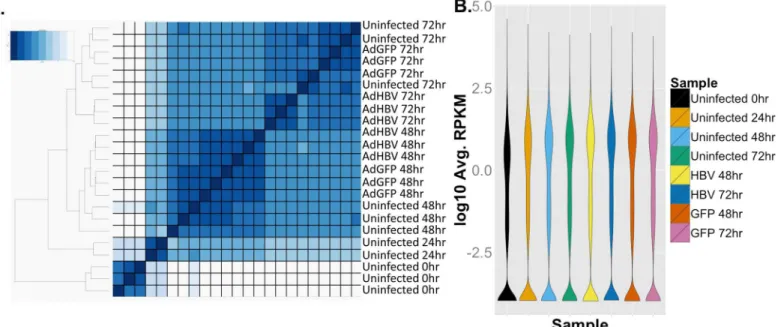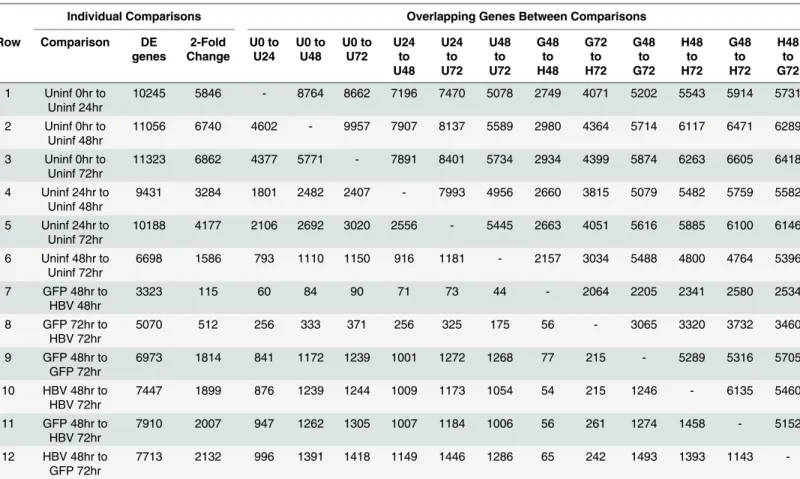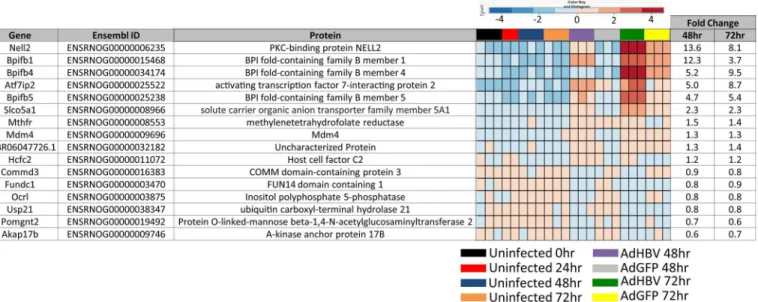Transcriptome-Wide Analysis of Hepatitis B Virus-Mediated Changes to Normal Hepatocyte Gene Expression.
Texto
Imagem




Documentos relacionados
The integration of functional gene annotations in the analysis confirms the detected differences in gene expression across tissues and confirms the expression of porcine genes being
In addition to their direct and indirect roles in the control of hepatitis B virus gene expression and replication, miRNAs are involved in immune response by controlling the
Then, we developed a webtool to allow the analysis of the miRNA genomic context in inter and intragenic regions, the access of miRNA and gene expression data
To investigate the differential gene expression in bladder carcinoma compared to normal cells and the possi- ble mechanisms involved in the initiation of bladder cancer, we analyzed
To investigate if the diurnal expression could be a source of variability on differential gene expression analysis in hippocampus of epileptic rats, we compared expression levels of
To evaluate whether these changes in gene expression can be related to the transformation process of EP156T cells, we examined the expression of the genes of both clusters in a
We performed transcriptome analysis of pre-tumorous retina and retinal tumor tissue and found changes in gene expression signatures of radial glia and astrocytes ( slc1a3 ),
social assistance. The protection of jobs within some enterprises, cooperatives, forms of economical associations, constitute an efficient social policy, totally different from





